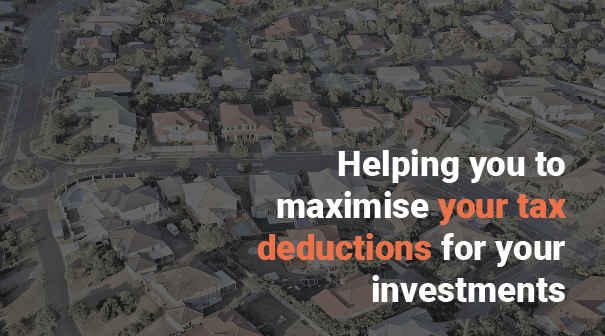How much does it cost for the Tax Depreciation report and what is included in the fee?
We have a competitive fee for our region of South East Queensland, starting from $495+GST for a basic residential purchase/construction report, which includes:
- Quantity Surveyor inspection of the property
- A detailed report with a 40 year summary of claims in both diminishing value & prime cost methods and 10 years of detail on the fixtures & fittings.
- Electronic PDF copy of the report
- Fast turn-around
- Any queries answered from either yourself, your Tax Agent/Accountant or the ATO
- Fixed lump sum fee (no extras for searches, travel costs etc.)
Commercial properties are on a quote basis and include the above.
Fees can change for extra work not listed and for travel to remote locations outside our region. Have multiple properties, we can give you a multiple property discount if they are all in the one region.
How does the 2017 Federal Budget changes affect my property?
If you contracted to purchase your property before 9 May 2017, then you are not affected by the Federal Budget announcement changes.
If you contracted to purchase your property after 9 May 2017 then you have been affected by the Federal Budget announcement, which limits depreciation on second hand investment properties. Owners are ineligible to claim deductions on any “previously used” plant and equipment.
However, you are still able to claim deductions on any eligible building allowances and also on any post expenditure items.
Owners of brand new and non-residential properties are not affected by these changes and are able to claim deductions on both the building allowance and plant and equipment, as per prior to the announcement.
My property was built before 1985, is it worth depreciating?
If you contracted to purchase the property before 9 May 2017, then yes. There are deductions available for plant and equipment within the property and on top of that, there may be eligible deductions for renovations that may have been completed by the previous owner.
If you contracted to purchase the property after 9 May 2017, then it would depend on whether there have been any renovations done to the property. As mentioned previously, being a second-hand property, there are no deductions available for the plant and equipment, unless they are post expenditure.
Do you inspect each property?
Yes, we use qualified Quantity Surveyors to inspect each property. We find this important, especially with properties that have been renovated. Quantity Surveyors are qualified and have the necessary experience to work out how much these renovations may have cost and when they may have been built.
In some cases, generally with brand new units or houses, if the property is identical to another, then we will only inspect the one type of property.
Without an inspection done by a qualified Quantity Surveyor, you could be missing out on thousands of dollars in missed deductions.
How long will my report take?
We aim to inspect the property within the first week of receiving the commission form. If we are unable to do this due to other circumstances, we will keep you informed as to why.
After the inspection has been completed, we guarantee that we will have the report completed within 14 days after the inspection. There may be reasons why we can’t achieve this timeline, but we will keep you informed as to why. In most cases we complete reports well within this timeline, when there are no complications.
Can I still claim depreciation if I bought my investment property a number of years ago?
Yes you can, your accountant can amend previous tax returns back two years. There may be some exceptions, but talk to your accountant to make sure.
If you have owned your investment property longer than two years and haven’t claimed depreciation yet. Then we will optimise the deductions in the year that you can claim.
I lived in the property before renting, can I still claim depreciation?
Yes, but it will depend on when you started renting the property out, as to what you can claim. If you started renting the property before 9 May 2017, then you can claim normal depreciation on the building and the fixtures & fittings from the date you started renting. If after that date then you can only claim the building, as the fixtures & fittings are regarded as previously used items.
GRC optimise the deductions in the year that you can start claiming.


